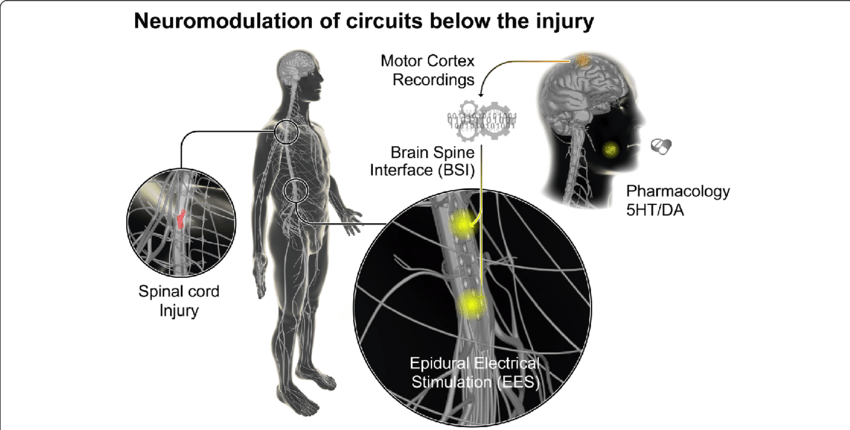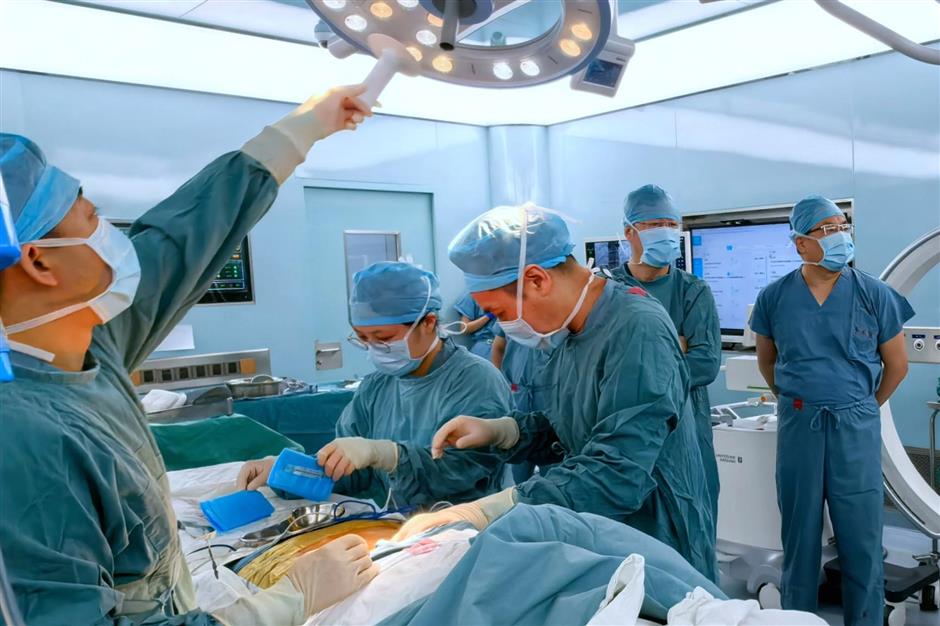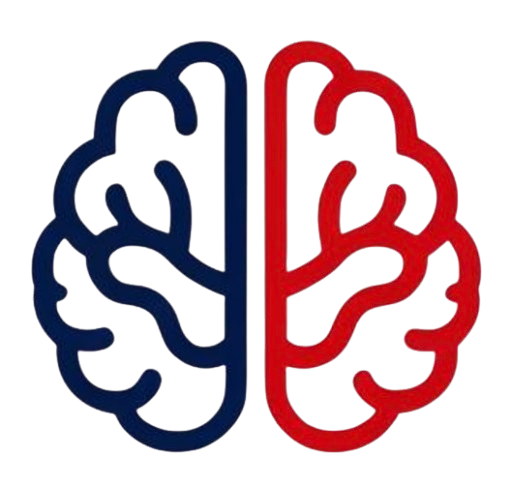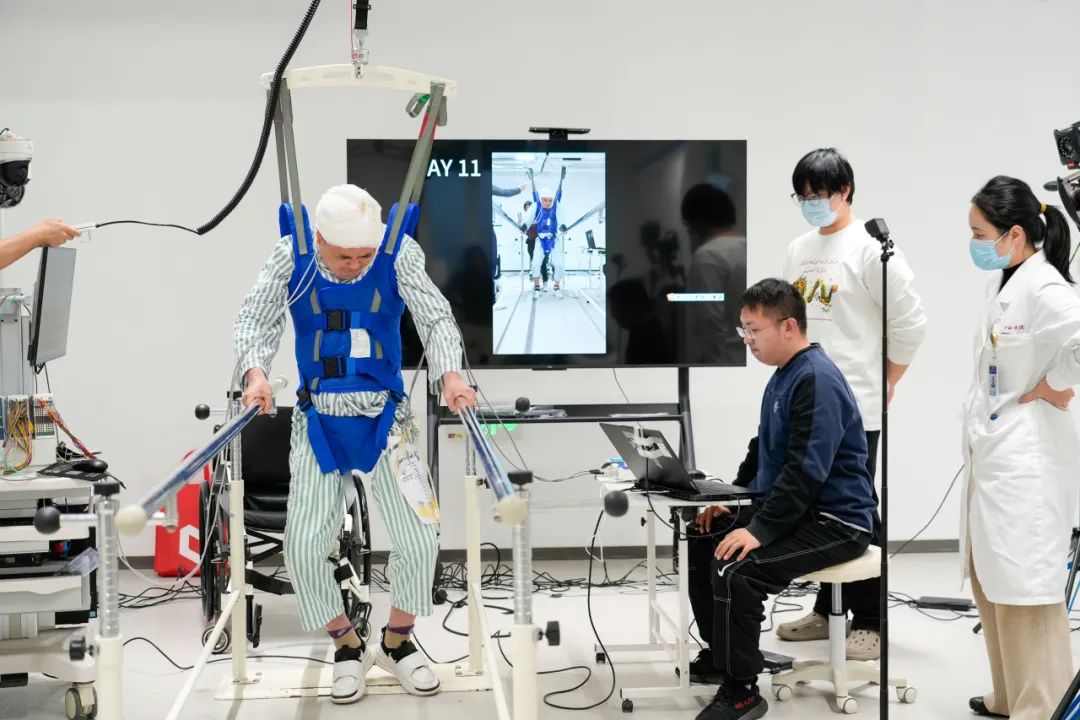For millions of people worldwide suffering from spinal cord injuries, paralysis has long been considered irreversible. However, a groundbreaking innovation is changing that narrative. Scientists at Zhongshan Hospital in Shanghai have successfully developed a Brain-Spine Interface (BSI) device that has enabled a paralyzed patient to stand and walk again—marking a major milestone in medical technology.
Musumeci Online – The Podcast. It is perfect for driving, commuting, or waiting in line!
How the BSI Technology Works
Spinal cord injuries disrupt the vital communication between the brain and the spinal cord, leading to loss of motor function. The BSI system acts as a bridge between the brain and the spinal cord, bypassing damaged neural pathways and restoring movement.

The technology is based on epidural electrical stimulation (EES), which translates brain signals into electrical impulses that activate muscles in the lower body. Electrodes implanted in the brain capture motor intention, while spinal electrodes stimulate the correct muscles to execute the movement. This cutting-edge technology allows for real-time neural communication, enabling previously paralyzed patients to regain control of their legs.
This breakthrough provides new hope for paralysis patients, offering a future where regaining movement is no longer an impossibility.

A Life-Changing Success Story
The first recipient of this technology, a man named Lin from Guangdong Province, had been completely paralyzed for two years following a severe spinal injury. In a minimally invasive two-hour surgery, doctors implanted electrodes in his brain and spine. The results were astonishing:
- Day 1: His right leg moved for the first time in two years.
- Day 3: Both legs regained movement.
- Day 10: He began walking with assistance.
- Day 49: He was able to walk independently with support.
With continued rehabilitation, Lin is expected to regain even greater mobility and improve his quality of life dramatically.

A Future of Possibilities for Millions
Spinal cord injuries affect nearly 20 million people worldwide, with over 3.7 million cases in China alone. This breakthrough provides new hope for paralysis patients, offering a future where regaining movement is no longer an impossibility.
The success of the BSI technology marks a significant advancement in neuroscience and medical technology. By leveraging artificial intelligence and advanced neural stimulation techniques, this innovation has the potential to transform paralysis treatment, helping countless individuals regain independence and mobility.
What’s Next?
With multiple successful trials completed, researchers aim to refine the technology and expand its accessibility to more patients. As BSI continues to evolve, it may become a standard treatment for spinal cord injuries, improving the lives of millions worldwide.
The future of paralysis treatment is here—and it’s powered by innovation.


Leave a Reply